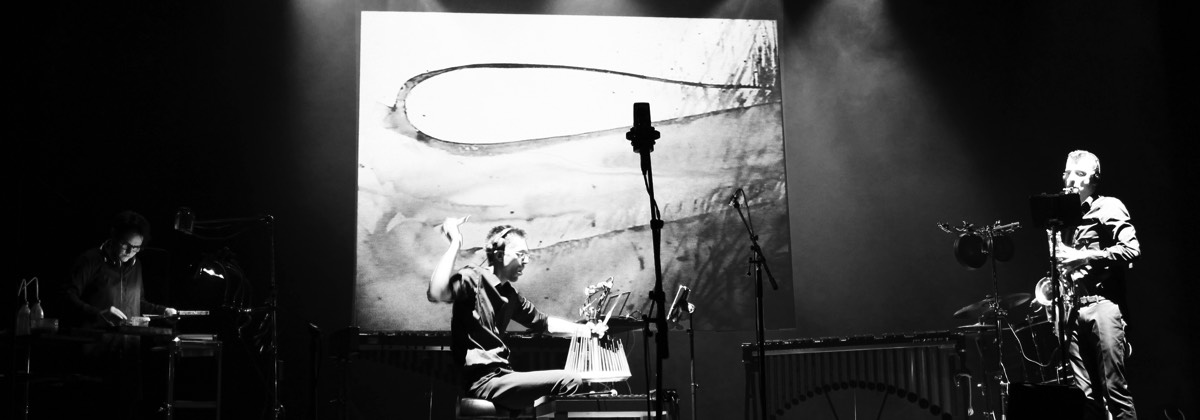towards an extended and interdisciplinary contemporary percussion performance
LOADING
Abstract
Searching new ways for staging contemporary music within new contexts and formats reflects the awareness of a performance inconsistency of both ensembles and performers as well as of the concert organizers. Within a “classical-contemporary” context, this may result in interdisciplinary performances combining different art-forms and different artistic concepts: new music for an existing film, a composition with a newly created choreography, etc. Because multiple artistic concepts support these performances, they might interfere with the concert-experience: the audience not always grasps the connection between the different elements. Within a “non-classical contemporary” context the experience may also combine different presentations. These presentations mainly originate in one artistic concept, which is translated to different sensorial stimuli. The audience becomes immersed in a complete artistic world, which is created by the performer. Because one artistic concept supports all these presentations, the performance accentuates and enlarges this concept, thus leading to a reinforcement of the concert-experience.
Live is the second part of Living Scores and assesses the on-stage performance of contemporary percussion music. This part of the research investigates how repertoire-study might also generate the necessary knowledge to create an extended performance of the contemporary repertoire, and to which extent this can reinforce the concert-experience. Based on the theoretical and practical learning trajectory described in Learn in combination with current insights of cognitive psychology in music, the research aims at detecting which elements of the artistic process in the composition are less perceptible in a pure auditive representation. These elements may be translated into non- auditive presentations (visual, spatial, sensitive, etc.) and added to the live performance, in such a way that the performer will direct these presentations similar to the way he is controlling the auditive presentation.



